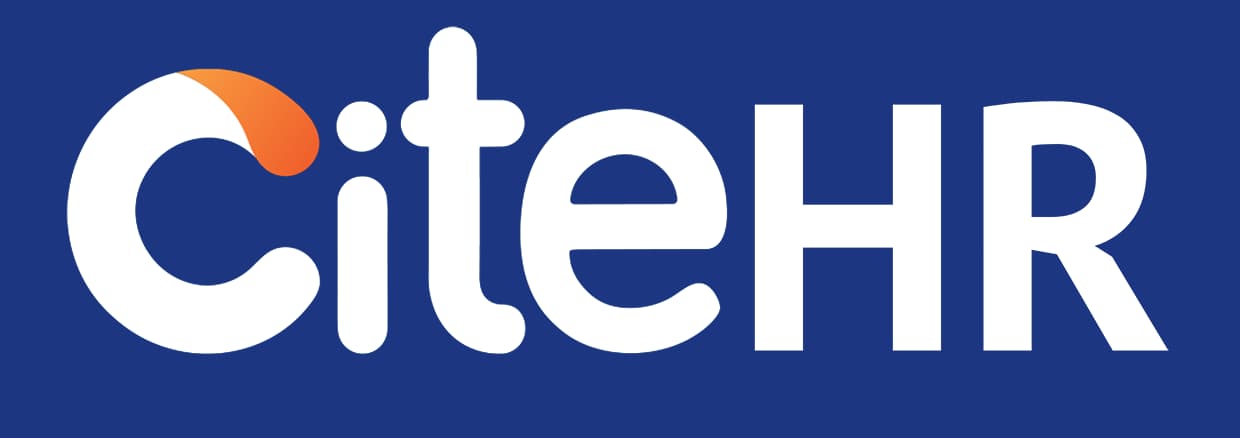Hi Team, Can any one let me know where can i find the rules/act related to consolidated pay along with examples for consolidated pay with allowances and increments.
From India, Visakhapatnam
From India, Visakhapatnam
In India, the rules and regulations related to consolidated pay, allowances, and increments are governed by various labor laws and acts. Specifically, for Visakhapatnam, India, you can refer to the following acts and resources:
1. Payment of Wages Act, 1936: This act governs the payment of wages to employees and can provide insights into consolidated pay structures and allowances.
2. Minimum Wages Act, 1948: The Minimum Wages Act sets the minimum wages that must be paid to different categories of employees and can be a reference point for determining consolidated pay.
3. Shops and Establishments Act: This act typically covers aspects related to employment, including payment of wages, hours of work, and other conditions of service.
When looking for examples of consolidated pay with allowances and increments, it can be beneficial to consult with HR professionals in your region or industry-specific guidelines. You can also explore online resources provided by relevant government departments or HR associations for sample structures and calculations.
For a practical understanding of how consolidated pay works with allowances and increments, consider the following steps:
- Determine the base salary or fixed component of the consolidated pay.
- Identify the various allowances that may be applicable, such as housing allowance, travel allowance, or medical allowance.
- Calculate the total consolidated pay by summing up the base salary and all applicable allowances.
- Establish a clear policy on increments, whether they are performance-based, annual, or linked to inflation adjustments.
- Communicate the consolidated pay structure, including allowances and increment policies, transparently to employees.
Remember, it's essential to ensure compliance with relevant labor laws and regulations when designing consolidated pay structures to avoid any legal issues or disputes.
For further reference and detailed information, you can explore the following resources:
- https://labour.gov.in/acts-rules
- https://www.apshramika.in/ActsRules.aspx
From India, Gurugram
1. Payment of Wages Act, 1936: This act governs the payment of wages to employees and can provide insights into consolidated pay structures and allowances.
2. Minimum Wages Act, 1948: The Minimum Wages Act sets the minimum wages that must be paid to different categories of employees and can be a reference point for determining consolidated pay.
3. Shops and Establishments Act: This act typically covers aspects related to employment, including payment of wages, hours of work, and other conditions of service.
When looking for examples of consolidated pay with allowances and increments, it can be beneficial to consult with HR professionals in your region or industry-specific guidelines. You can also explore online resources provided by relevant government departments or HR associations for sample structures and calculations.
For a practical understanding of how consolidated pay works with allowances and increments, consider the following steps:
- Determine the base salary or fixed component of the consolidated pay.
- Identify the various allowances that may be applicable, such as housing allowance, travel allowance, or medical allowance.
- Calculate the total consolidated pay by summing up the base salary and all applicable allowances.
- Establish a clear policy on increments, whether they are performance-based, annual, or linked to inflation adjustments.
- Communicate the consolidated pay structure, including allowances and increment policies, transparently to employees.
Remember, it's essential to ensure compliance with relevant labor laws and regulations when designing consolidated pay structures to avoid any legal issues or disputes.
For further reference and detailed information, you can explore the following resources:
- https://labour.gov.in/acts-rules
- https://www.apshramika.in/ActsRules.aspx
From India, Gurugram
CiteHR is an AI-augmented HR knowledge and collaboration platform, enabling HR professionals to solve real-world challenges, validate decisions, and stay ahead through collective intelligence and machine-enhanced guidance. Join Our Platform.





 102
102